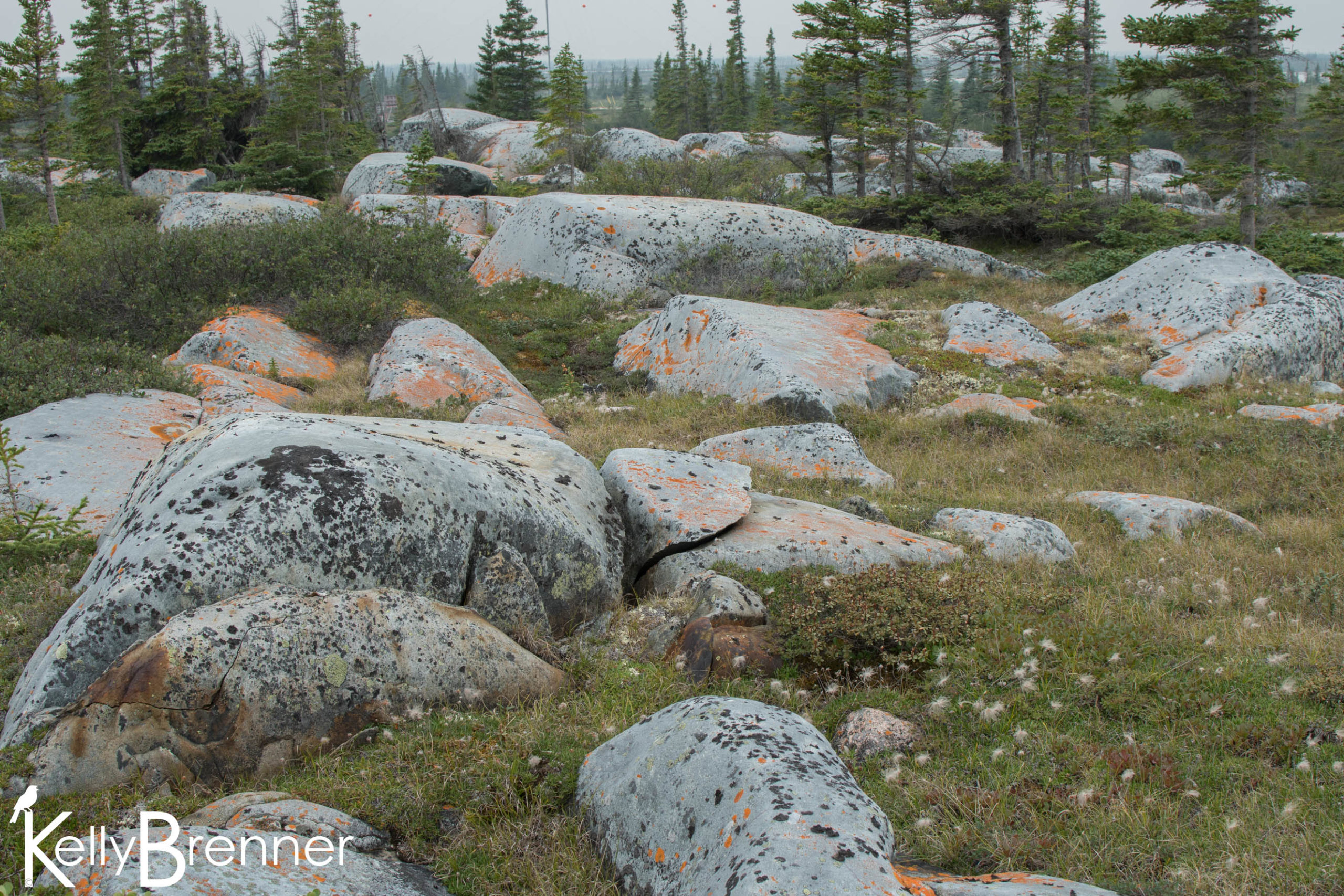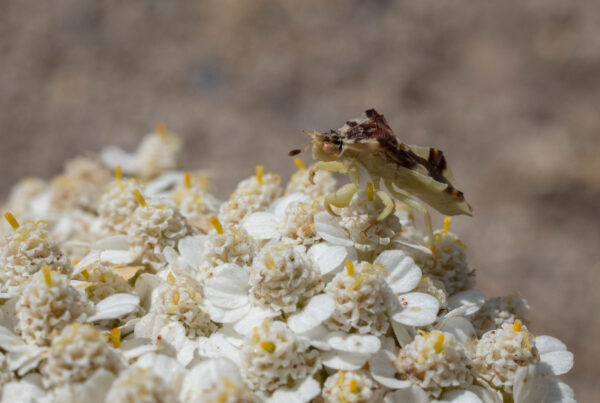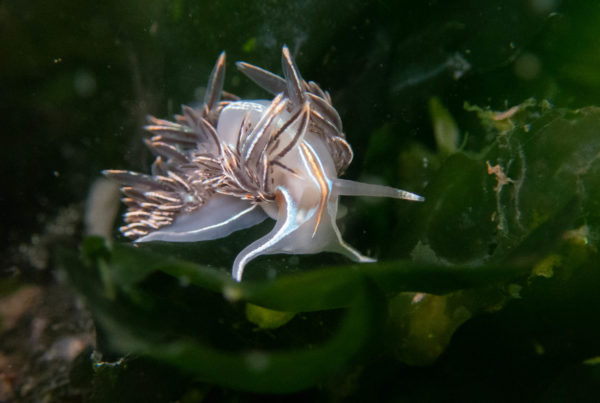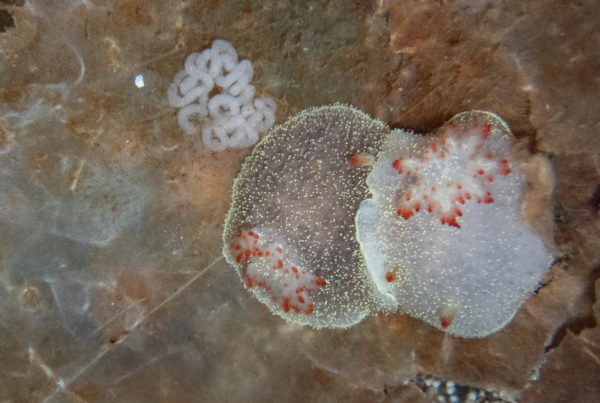In the middle of August I took a solo adventure trip to Churchill, Manitoba. It was my first time away from my five year old daughter and I was quite excited to return north after being in the Finnish Lapland earlier in the summer. I had discovered the Churchill Northern Studies Centre earlier in the year, and found they offered learning vacations. In addition to being a full research station, they held several themed learning vacations throughout the year. Choosing was extremely difficult as they all sounded fascinating, but I ended up opting for the Wild Planet vacation because if offered a little bit of everything with plenty of walking involved.
To say Churchill is remote is an understatement. It’s in the subarctic and the only way to arrive is by train or air and after a monster flood which wiped out some of the railroad track, air was the only option this summer. As a side note, the rail line is still out of service leaving Churchill residents in dire straights and has become a big problem. Churchill, Manitoba is a small town of no more than 1,000 residents, and quite a few polar bears. It’s become famous for the polar bears during the winter, who gather on the edge of Hudson Bay waiting for the ice to form. Polar bear tourism has become a big business, but there is a great deal to see and learn in this unique place.
The first day, after our polar bear safety training, we were able to go out for a walk. Although it wasn’t yet polar bear season, we were not allowed to venture outside on our own because bears can be anywhere, anytime and are extremely stealthy animals. The centre, where we stayed, offered a viewing deck where we could go outside and watch for birds, fox, hares and polar bears and I spent a lot of time out there. When we did go out as a group, we always had our bear spotters who were armed. Polar bears are very curious and tactics that may work on black bears and grizzly bears (bear spray, shouting, playing dead) don’t work on polar bears. The best method is to avoid them, at a distance, at all costs.
The centre is located on a disused rocket range and we walked through the range on our way to the lake. We noted a large mural on one of the old buildings of beluga whales, our introduction to an art project throughout Churchill. The Sea Walls art project had been completed just a couple of months prior to my visit. It was the first of many murals we’d discover during our stay in Churchill. The rocket research range has an interesting history which you can read about in many places.
We began our walk around a lake with the subarctic landscape our scenery. The trees were narrow and short and the vegetation, for the most part, grew very low to the ground. We encountered many plants with fruit like crowberry and blueberry, the latter was very abundant in most places and we all ate them. Other plants growing in the area include cloudberry and lingonberry but without berries. The permafrost layer is only a few feet below ground and acts as a barrier to plant growth and drainage. The land is dotted with many lakes, but they are all shallow, again because of the permafrost. Off the trail, the ground is soft and springy.

We found several low-growing flowers and a few mushrooms. Although it was mid-August, it was already autumn in the sub arctic. Mixed in among the vegetation were lichens growing on the ground known as reindeer lichen which are various species of Cladonia. They are well named as the local caribou do indeed eat those lichens. All along the rocks were many more lichens, mostly crustose forms growing flat against the rocks. Many boulders were coated in bright orange, which at first looked like spray paint and I thought the ones I had seen from the centre were markers of some sort. It wasn’t until I got close that I realized it was all lichen, a colorful one called Elegant Starburst (Xanthoria elegans). One of my favorite lichens was a crustose with yellow dots splattered over a black base. Many rocks had patches of a black, leafy lichen which we later learned was called rock tripe and was scraped off rocks, boiled and eaten by some people.
Birds called around the landscape, but despite it being flat with low-growing plants, they were often hard to find. Except that is the tundra swans with their large, very white bodies who were very easy to spot. Adele, one of our guides, mentioned a parasitic jaeger had been seen nesting right on the side of the path and no more than a couple of minutes later we spotted a pair of birds with very distinct tails flying nearby. They were the jaegers and they were heading towards a bald eagle sitting in a tree across a lake where they proceeded to dive at it in turn. Eventually they winged back towards where we first saw them and a third bird, differently colored joined them. It landed and we were able to get fairly close, as it had set down on our path, and we found it was an immature jaeger.

We took a van back along the bumpy road and when I noticed a flock of loons in a pond I asked to stop. We piled out and found the flock to be Pacific loons, all swimming together in a group of about a dozen or so. Suddenly they all dove, nearly as one, making strange sounds as they did. Once they resurfaced they would dip their heads into the water several times, while vocalizing before all making the sound and diving down again. Apparently they rarely vocalize away from their breeding grounds and this display was likely a defensive move because of the humans who had stopped to watch.
Back at the learning centre we were taken across the parking lot, through a boulder field covered in the most beautiful and diverse lichens, to visit a fox den. The den was in the trees and we found several holes dug into the ground, hidden below vegetation. Scattered across the entire area were bones, feathers and even an entire wing. Our instructor James suspected most of the remains were likely from snow geese, which are in the area in large numbers. This den used to be the den of arctic fox, but as is commonly happening in many areas, red fox have moved farther north and are displacing the arctic fox. In this case taking over the arctic fox’s den. On our last day while attending a talk we finally saw one of the red foxes as it ran towards the den, pausing for a moment to look back at us in the windows.






